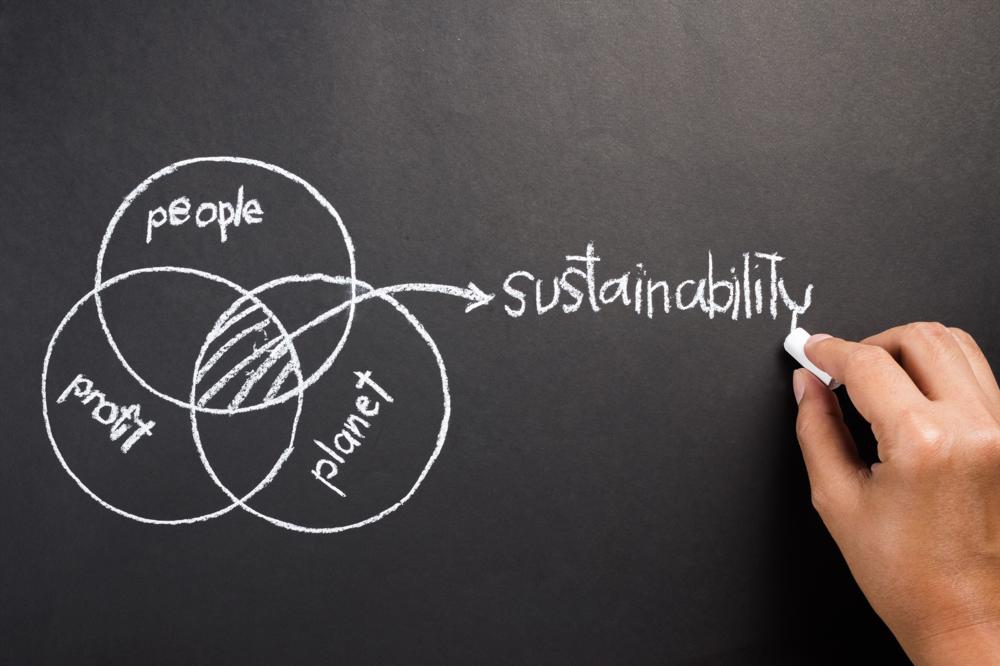As suggested by the name, a pneumatic hot stamp coder operates by compressed air, the most expensive energy source in many factories. It is costly and harmful to the environment to run a pneumatic hot stamp coder. Not to mention the inconsistent and questionable print quality a pneumatic hot stamp coder produces. Fortunately, a digital hot stamp coder does NOT need compressed air to operate, solving two-thirds of the main issues. Its print quality is also consistent and significantly better.
1. Digital coding produces more consistent, good quality prints and allows traceability
One of the problems with compressed air is variations in pressure – delivering compressed air from one machine or one process to another can cause pressure to fluctuate. The slight variation in pressure might not affect the performance of larger equipment with greater tolerances, but it will negatively affect the print quality of a traditional hot stamp coder. A pressure drop will result in poor-quality or missing prints. Just as dangerous, an increase in pressure can result in damaged packs or small holes punched into the packaging, impacting the shelf-life and food safety. A digital hot stamp coder does not require compressed air to run, eliminating the possibility of producing print defects or damaging/perforating packaging.

Furthermore, best before/used-by dates and lot codes are now legally required, and the costs and risks of non-compliance are high. A digital hot stamp coder ensures more consistent dates and lot codes on every packaging with the added benefit that it also enables real-time date/lot codes at no extra cost.
2. Digital coding is more cost-effective.
Electricity is required to power the compressed-air system that compresses air, adding the cost of electricity to the final price of using the energy stored in compressed air. In addition, a compressed-air system typically has an efficiency of 10- 15% due to the operation of the compressors, inevitable air leakage, pipe friction losses, wasted energy in the form of heat, etc. Thus, energy stored in compressed air can often cost ten times more than electrical energy. A digital hot stamp coder functions without compressed air, making it cheaper to run when compared to a traditional pneumatic hot stamp.
3. Digital coding is more sustainable

It is no longer news that the growing emphasis on sustainability is one factor for increased efficiency. When discussing utilities, the conversation is usually about water, electricity, and natural gas. Not knowing overlooking compressed air misses a golden opportunity in improving sustainability. As mentioned previously, the overall efficiency of a typical compressed air system is about 10%, indicating that up to 90% of energy is wasted – not only is it pricey to use compressed air as an energy source, but also it is harmful to the environment.
Moreover, there are increasing demands on reporting the scope of emissions or CDP (Carbon Disclosure Project). Customers expect manufacturers to be more efficient in production and manufacturing. Reducing the use of compressed air can surely improve efficiency – the more sustainable digital hot stamp coder fulfils the ESG(Environmental, Social, Governance) criteria.
Digital is the future
Some factories are now completely air-less, and it will be more common for new factories and equipment to be air-less, allowing new packaging machinery to have the option to be airless. These air-less machines will be more cost-effective and more sustainable to run.
Digital hot stamp printers such as Marsh 241D (all Marsh hot stamp coders are air-less) provide a modern, cost-effective, and sustainable solution for consistent, quality, real-time dates and lot codes.

Don't the benefits of Marsh 241D coders sound too good to be true? Well, upgrade your traditional hot stamp coders (risk-free with our 7-day-no-quibble return guarantee) now to find out!